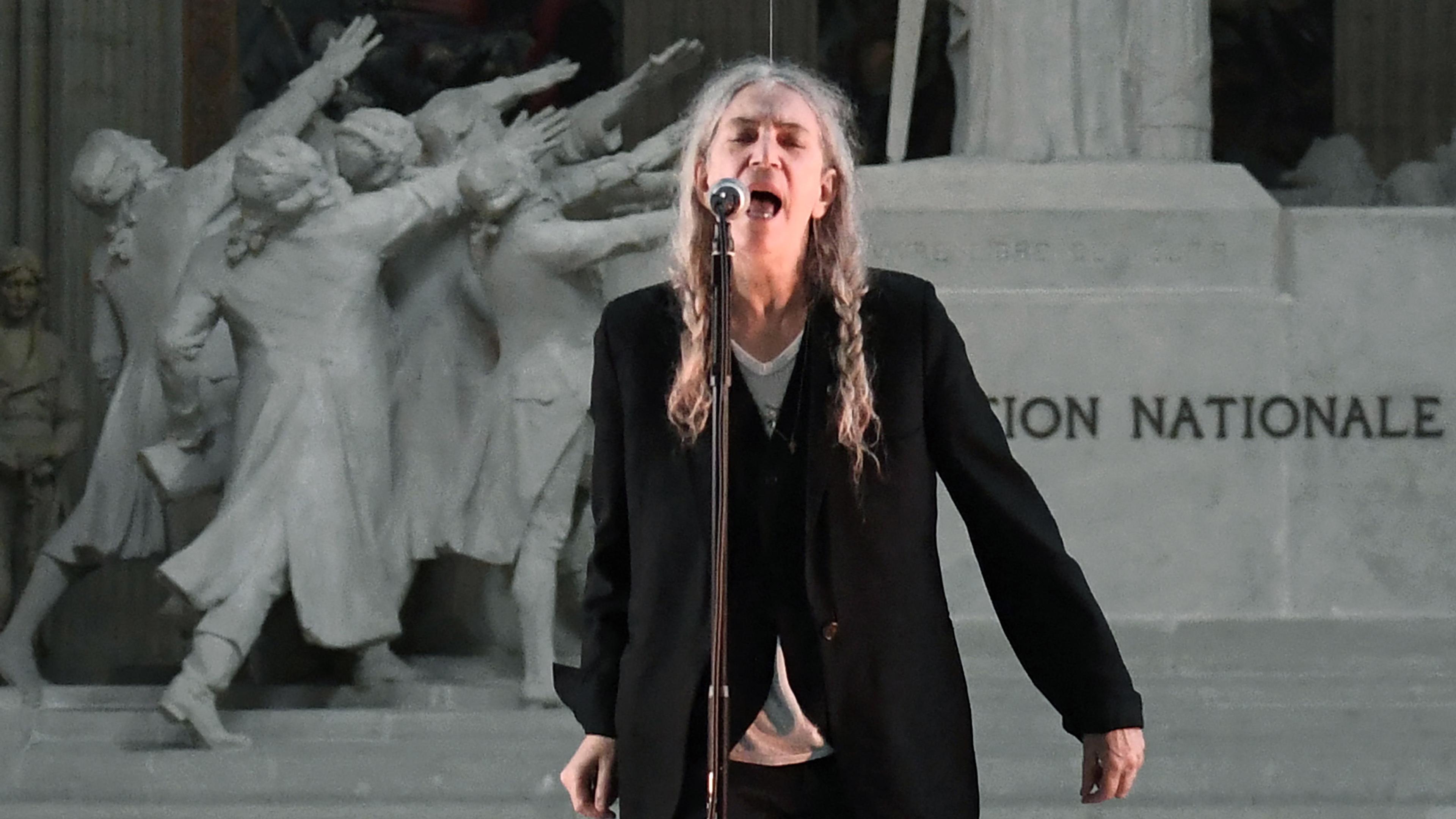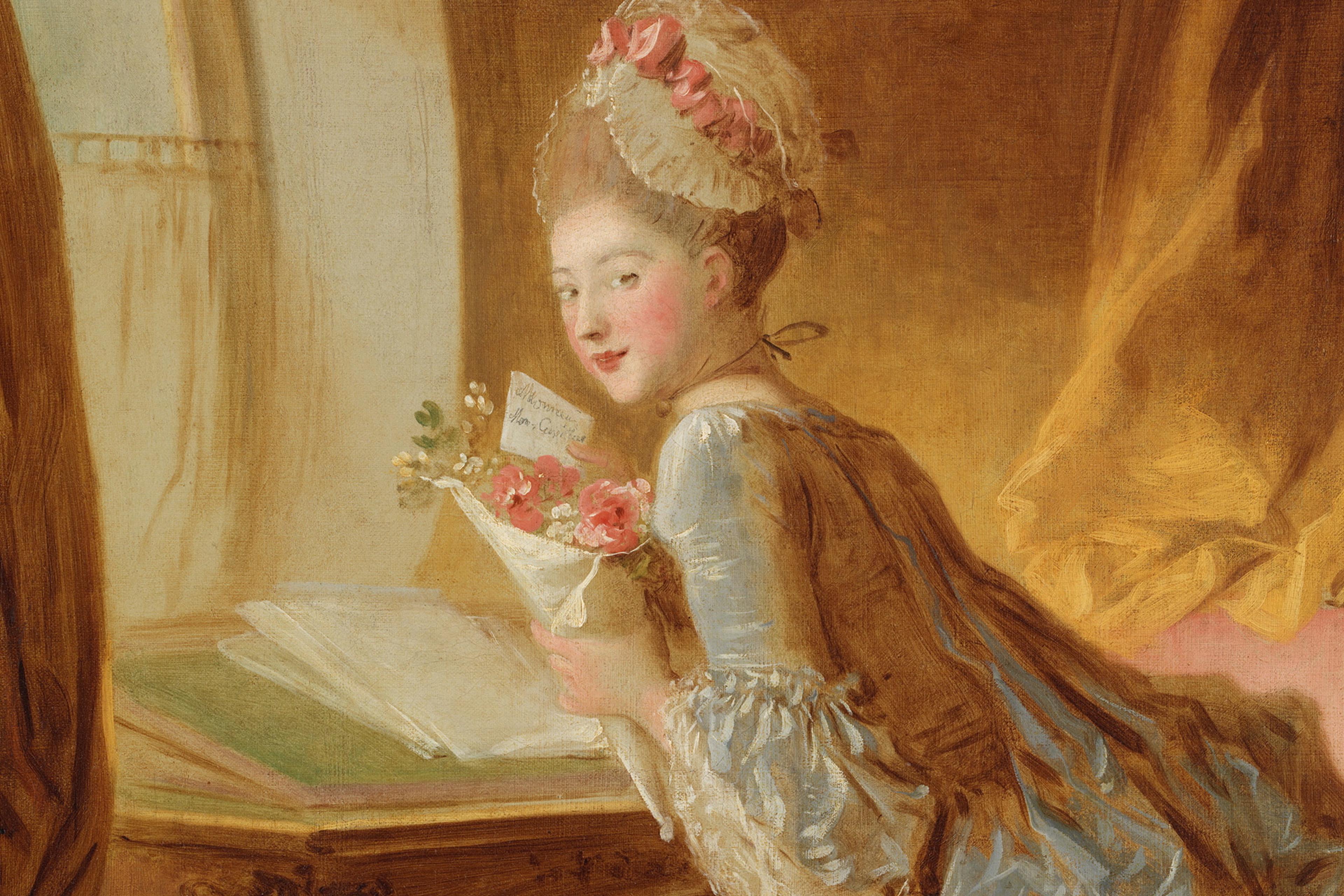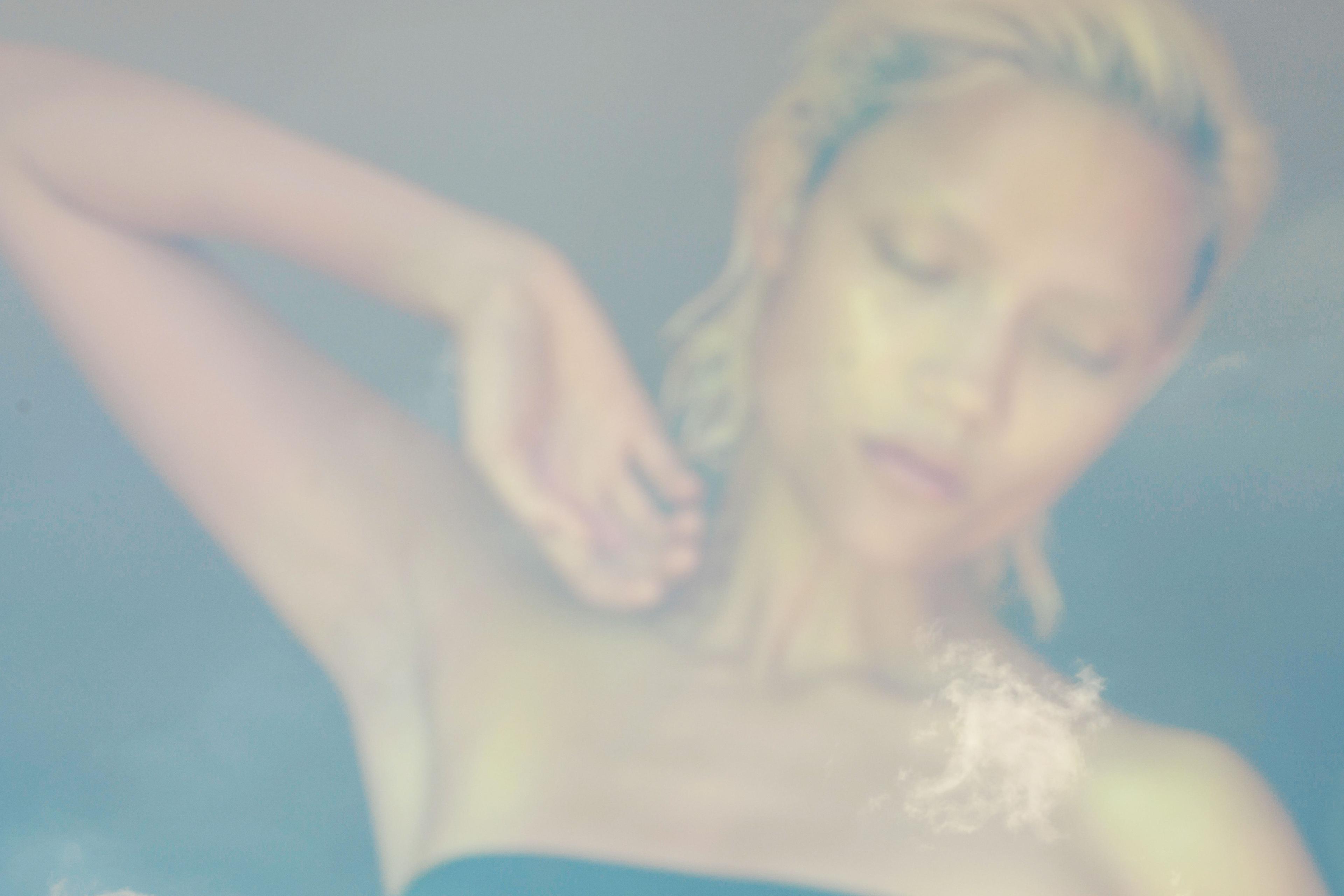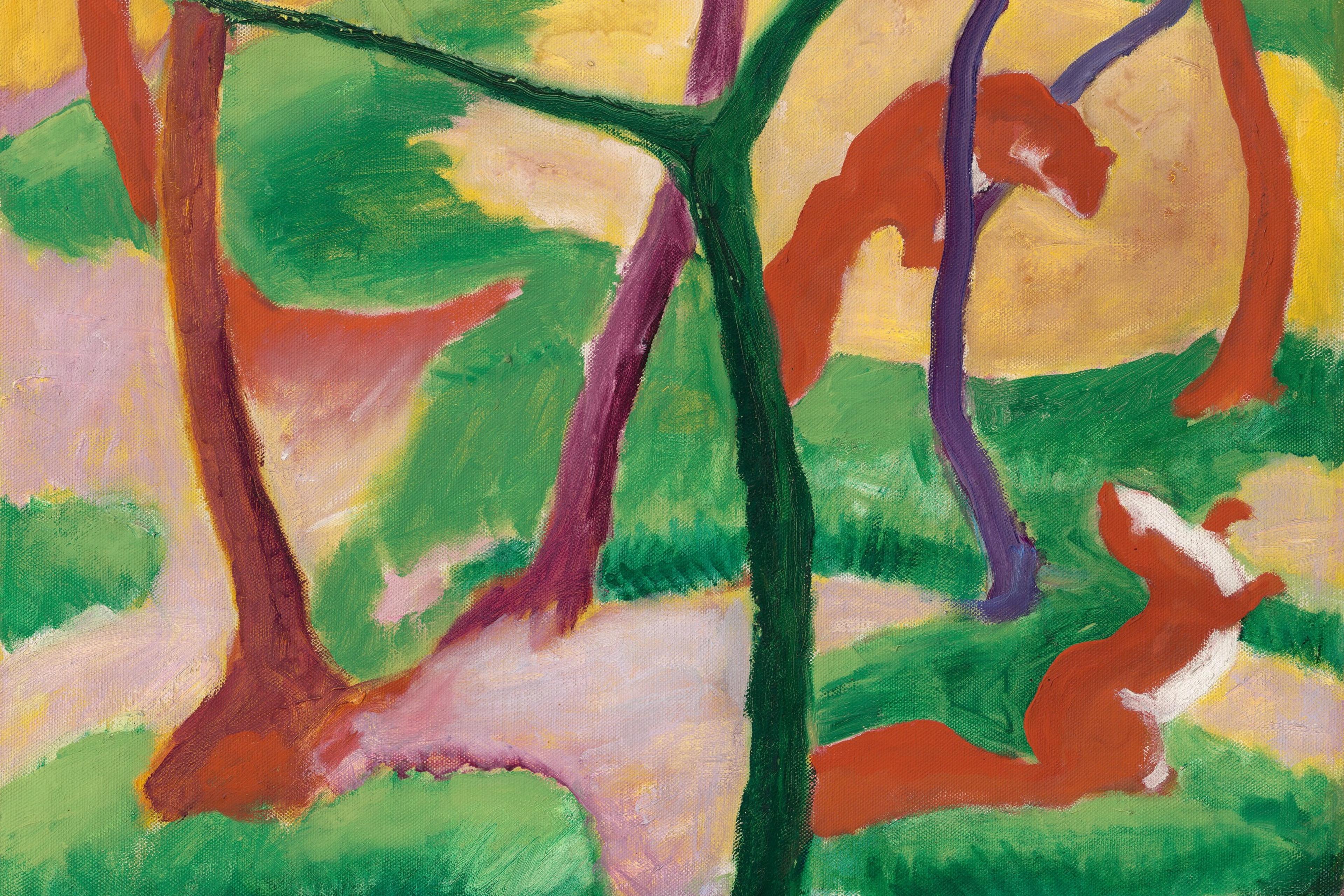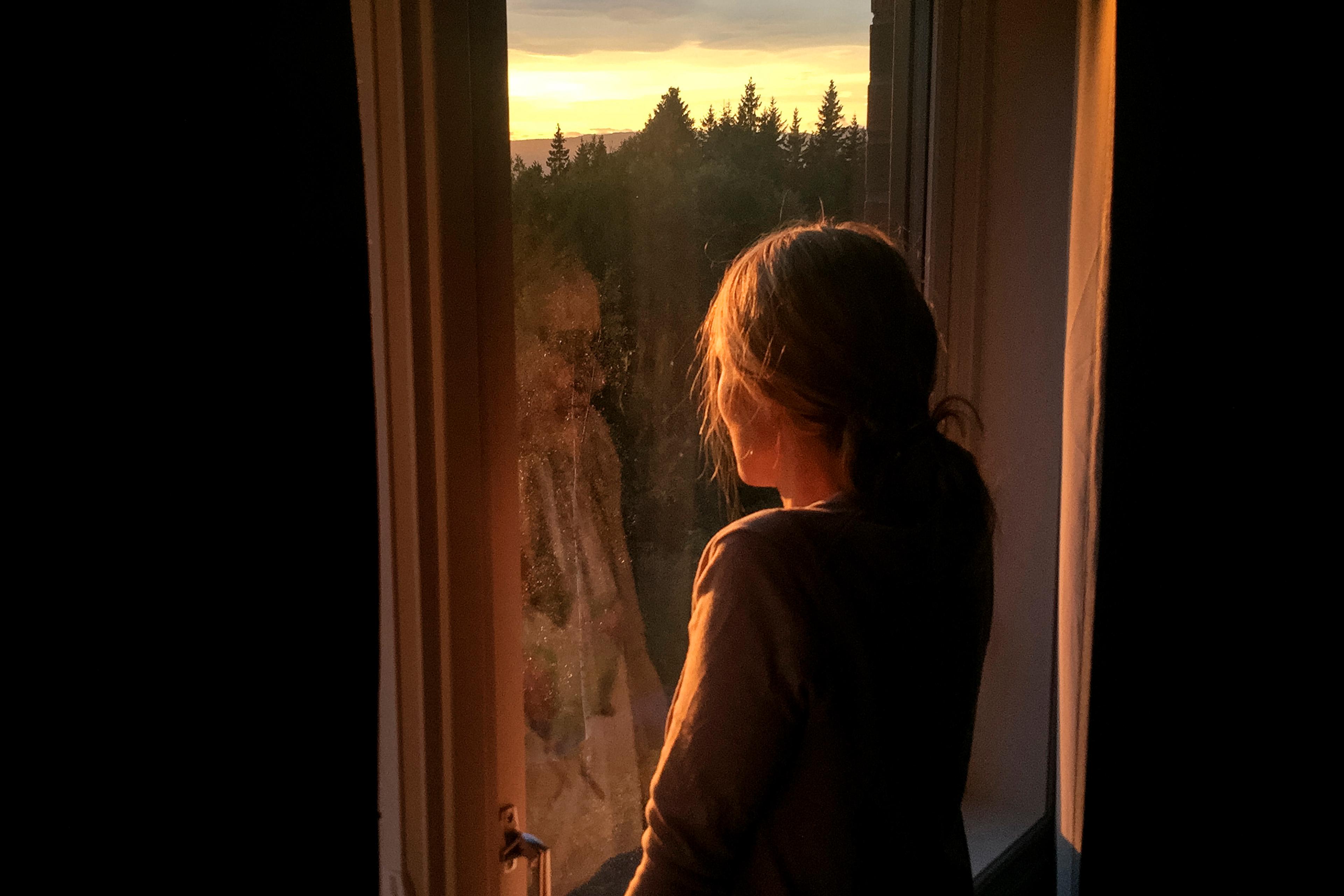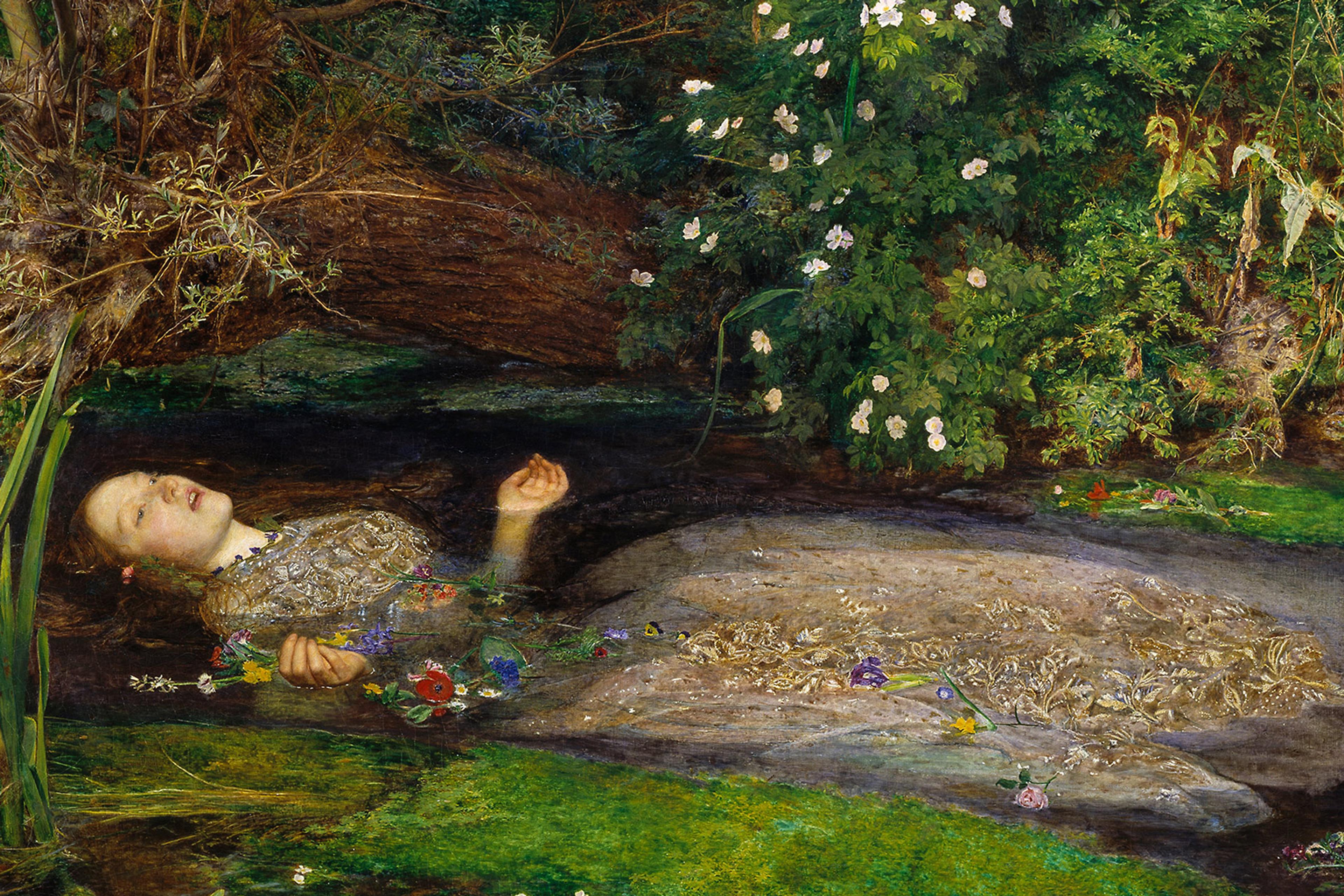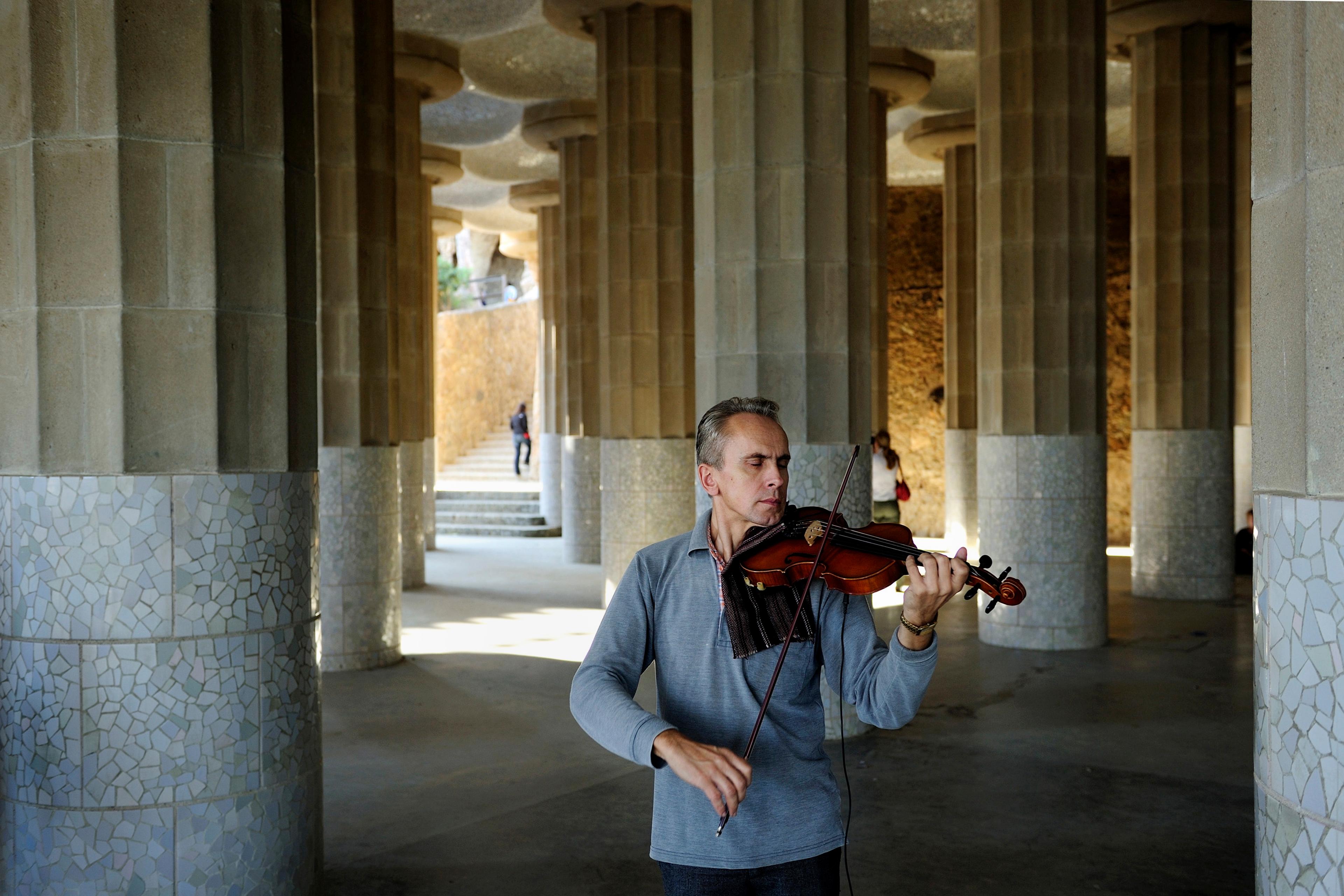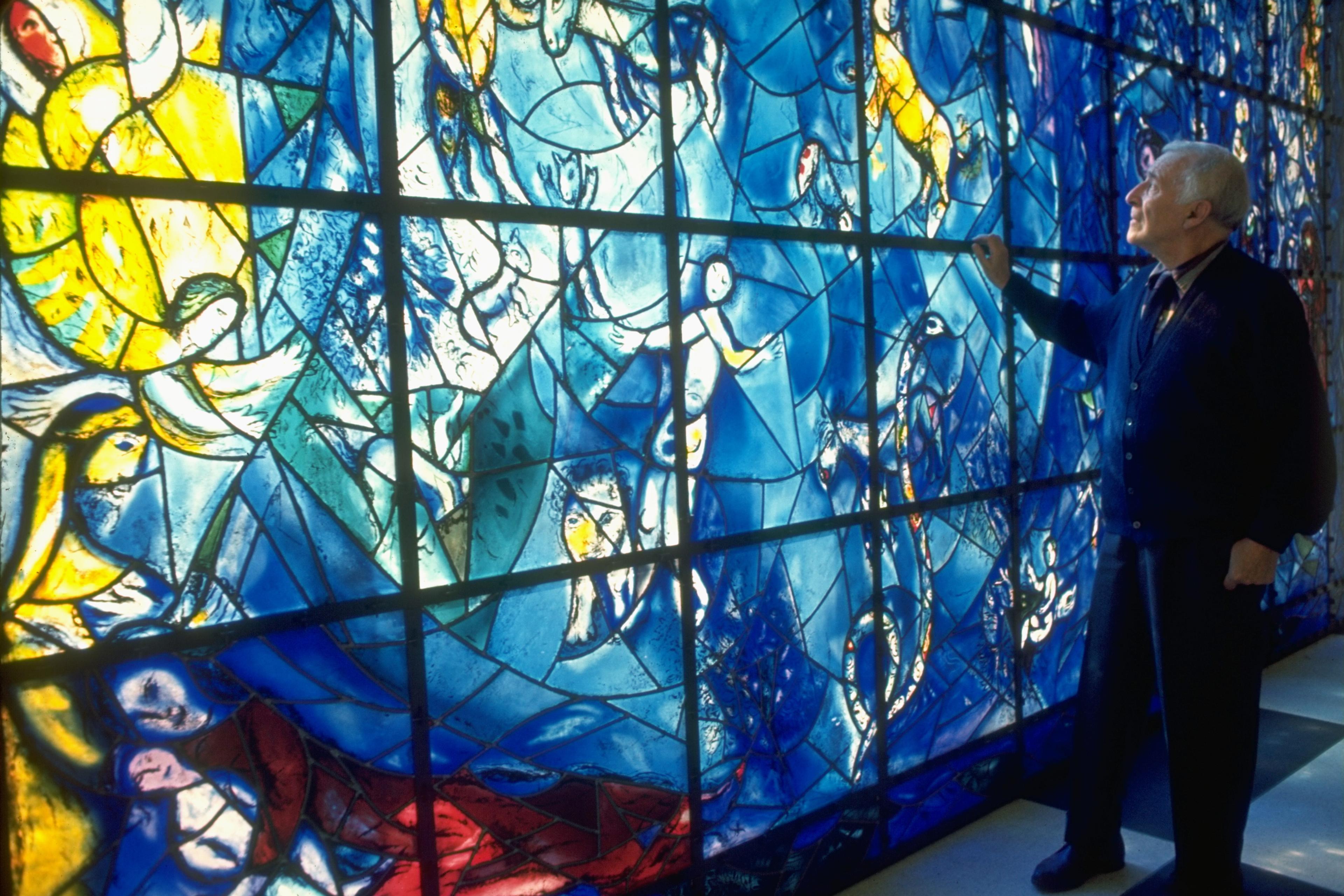Like many other poets I know, I’m asked regularly to write or recommend poems for occasions such as weddings, graduations or funerals. And if I’m commissioned to create a personal poem, it’s usually for a similarly intense situation or rite of passage. I’ve noticed that poems make the rounds to wide audiences at difficult times – a dismaying election, or after the terrorist attacks of 11 September 2001. So it is natural to wonder why poetry matters so much to people at powerful moments in our lives. What does it provide that nothing else can?
Most people, confronted with this question, tell me that poetry helps us meet challenges because it expresses strong emotions in creative ways. But so do novels, even speeches. After a lifetime in poetry, I’ve come to believe that the unique nature of a poem’s work is simpler, if perhaps harder to admit. Poems meet the raw needs of our most vulnerable inner selves in a disarmingly primal way, using a simple tool no other sort of language mobilises in quite the same manner: predictable, physical, rhythmical repetition. Poetry chants and incants; it excites and lulls.
It might seem paradoxical to suggest that an art’s physical qualities should inspire spiritual reverence. But ritual normally involves physical repetition – think of the vows spoken at a Christian wedding, the preparation of utensils for a Japanese tea ceremony, the food and prayers offered at a Navajo initiation into womanhood. Insofar as poetry uses patterned structures, it partakes tangibly in the impact of ritual. Whether a poem engages rhyme and a regular pattern of accents (eg, Langston Hughes’s ‘Hold fast to dreams / For if dreams die / Life is a broken-winged bird / That cannot fly’) or creates lines through recurring free verse line-breaks (William Carlos Williams’s ‘so much depends / upon / a red wheel / barrow’), it taps the potential to link our word-worrying minds with the inner tribal elder who leads the sacred dance, the inner priest who repeats age-old words, or the inner wild-child who chants when nobody’s listening.
Isn’t good prose also rhythmical? Yes, but not predictably. Predictable repetition creates palpable structure, as in Emily Dickinson’s ‘Wild Nights! – Wild Nights! / Were I with thee / Wild Nights should be / Our luxury!’ Our minds, bodies and spirits can sense when a predictable pattern is broken – which means that they can also tell when it is whole. Poetry (including its specialised forms, such as chants, prayers and song lyrics) is the only form of language structured (not merely decorated) through repetition. Predictable repetition takes our minds and egos off guard, opening us to larger powers. This is why children love to repeat things. Perennial phrases that refuse to leave us alone – like ‘Rain, rain, go away / come again another day’ – have almost always been structured through such inevitable language magic.
‘Metre’ and ‘magic’ – along with ‘mother’ and ‘matter’ – derive from the same ancient root. Of all the ways that poems structure language physically, through repetition, none is more integral, eloquent and wondrous than metre. Every language has its metres, sometimes dozens (in Sanskrit, hundreds). Metres are rhythmical strategies that transform meaningful features of ordinary speech – such as accent, tone or syllable-length – into patterns that simultaneously inhabit and transcend the poetic line. Metre makes it possible to remember words – from ‘thirty days hath September’ to epic poems that take days to recite – which is why poets are revered as carriers of history, culture and religion in oral-based societies. Rhythmic language has also been essential to traditional healers: shamans, medicine people, seers, griots, völvas. The continued attraction of metre today attests to its hypnotic impact, whether in sports chants, political slogans or advertising jingles, not to mention children’s books.
If you want to come to know yourself more fully – to learn the languages not only of your mind but also of your heart and body – metre can be a strong ally, in offering the key to a wordless code that underlies the surface meanings of words. I had the experience – rare nowadays – of learning metre early, and have dedicated much of my life to this art. Now I pass it along to others – not only other poets, but anyone in search of self-understanding and transformation – a calling that I consider a sacred trust. I have seen metre’s rhythms, written in a journal or casually spoken, revealing insights that the surface meanings of words can hide; and I have seen the same rhythms, made conscious, used to cultivate overlooked parts of the self.
In normal English speech, one of every two or three syllables is stressed (pronounced louder and/or longer than others). As with any language, English metres are shaped by the central qualities of their language: each of the basic, English metrical patterns (known as ‘feet’) consists of a stress preceded or followed by one or two unstressed syllables. The three most common metres in English are commonly known by Greek names – trochaic, iambic, and dactylic (I’ve also created my own names, underscoring their correspondences with natural elements).
Marking the strongly accented syllables with ‘/’ (I call these ‘wands’) and unaccented syllables with ‘u’ (I call these ‘cups’), here are three basic patterns of metre that are useful to recognise:
/ u (trochaic foot; I call it the Rhythm of Earth)
u / (iambic foot; I call it the Rhythm of Air)
/ uu (dactylic foot; I call it the Rhythm of Water)
Any of these metres could, of course, appear in any line-length; if the ‘foot’ pattern recurs four times, the line is called a tetrameter; five, it’s a pentameter, and so on.
The metre of earth, trochaic (/ u), is a grounded, falling beat that can convey strength and the incontrovertible truth of body-wisdom. The opposite of the more common iambic beat, it can have uncanny truth-telling power, as in this passage from Gwendolyn Brooks’s epic poem Annie Allen (1949) describing the heroine’s disillusioning marriage:
Like a nun of crimson ruses
She advances. Sovereign
Leaves the heaven she put him in
For the path his pocket chooses:
Leads her to a lowly room.
Trochees are common in spells – think of the witches in Macbeth. When I hear someone talking in this metre, it often seems to convey a direct, grounded truth that cannot be ignored: ‘I don’t think I want to stay here.’ ‘What on earth have you been doing?’
Trochaic metre
The metre of air, iambic (u /), evokes clarity and vision. It is a quick, forward-driving rhythm that I find often communicates mind-energy. Iambs are by far the most common metre in English-language poetry today, not surprising when we consider the status of rationality in our culture. John Milton used this metre to establish his authority in Paradise Lost (1667):
Of Man’s first Disobedience, and the Fruit
Of that Forbidden Tree, whose mortal taste
Brought Death into the World, and all our woe…
In daily speech, I’ve noticed that people often use this rhythm to share thought-based communication: ‘They say it’s bound to happen, but it seems like they are wrong.’ ‘Have you considered everything?’
Iambic metre
The metre of water, dactylic (/uu), is a rolling, generous metre that people in my workshops often find useful for accessing emotions and compassion. Thomas Hardy used it to express elegiac longing in ‘The Voice’ (1914):
Woman much missed, how you call to me, call to me,
Saying that now you are not as you were
When you had changed from the one who was all to me…
A German study led by Henrik Bettermann, published in 2004 by the American Journal of Physiology – Heart and Circulatory Physiology, has shown that reading poems aloud in dactylic metre helps people’s heart rate and breathing synchronise more quickly, which has implications for the treatment of those recovering from a heart attack. In my teaching, I recommend that people who want to reconnect with emotion or embark on a journey of forgiveness try journalling in this heart-connected metre.
Dactylic metre
Through getting to know these basic metres – reading poems in them aloud and becoming attentive to them, perhaps in speech and song, as well as poetry – you might find that the gift and mystery of rhythmic language has been just below your surface all along. In our numbing, mono-dimensional age, it is easy to imagine ourselves far removed from the variegated, embodied sensualities of rhythmical language. But we have basically the same bodies that humans have had for millennia, with breathing and heartbeat ratios that connect with metres across many cultures. No matter what languages we speak, similar processes of deep, physicalised meaning seem to be at work in metre; ancient Sanskrit, for example, had a complex system of metres known to correspond with different spiritual states.
In addition to our shared cultural associations with different metres, we carry specific associations with particular metres that stem from our unique experiences with certain phrases or sentences, often heard in childhood. Such associations help to build energy around certain language rhythms, helping to inspire us, as I have discovered in my workshops on ‘Healing Your Rhythmic Stories’ where participants have the opportunity to transform rhythmic patterns originally laid down through (often abusive) phrases heard in childhood.
Metred words, treated with reverence and care, have the unique potential to meet us halfway, uniting mind and body, conscious and unconscious self. As we develop habits of intention and mutual respect between the wordless and wordful parts of ourselves, rhythmical words – heard, spoken, written, memorised or recited – offer a doorway into living our own lives more fully. Like many simple, elemental things, metre can shapeshift into numerous manifestations and possibilities (the rhythmic variations that one metrical pattern can hold are awe-inspiring). Yet all these incarnations of a single metre are connected together into tensile, resilient patterns that incarnate ways of living in freedom and peace, multiplicity and harmony. Metre is a network, not a hierarchy. It is a dance, not a command. It is a sustainable, permacultural system, not a monoculture.
The feminist economist Genevieve Vaughan, in her book For-Giving (1997), suggests that we are naturally givers and receivers, not exchangers. Poems in metre, when they move with grace and surprise, arrive like a gift from the unconscious to the conscious mind: an act not of calculation but of grace.
At this painful, yet crucial time on our planet, I and other poets who write in metre welcome it with hope, as one of the primal mysteries harmonising us with ancient paths towards nature and unity. Through the magical work of paying attention to metre, we can connect to the most distinctive part of being human – language – with physical rhythms that move through our bodies and the cycles of the Earth and the seasons, as well as our own lives. When we read poems in metre aloud, such interweavings offer us the opportunity to speak with our inner selves on levels that everyday language cannot reach.
‘A Blessing on the Poets’ (2012), a poem of mine in dactylic metre, offers the metaphor of rhythm as the language of language: or, how language speaks to its own inner self. I invite you to read this closing excerpt aloud – either literally, or aloud inside your own mind. Especially when read aloud thrice in the first person, as below, it is designed to cast a spell inviting the gifts of rhythmical language to move through you and with you, and to move you. And so may it be:
May language’s language, the silence that lies
Under each word, move me over and over,
Turning me, wondering, back to surprise.
